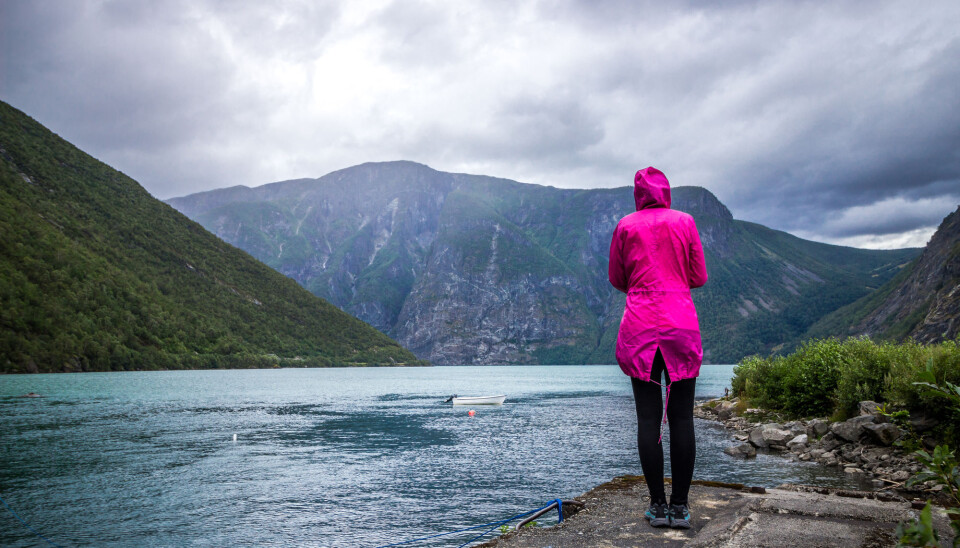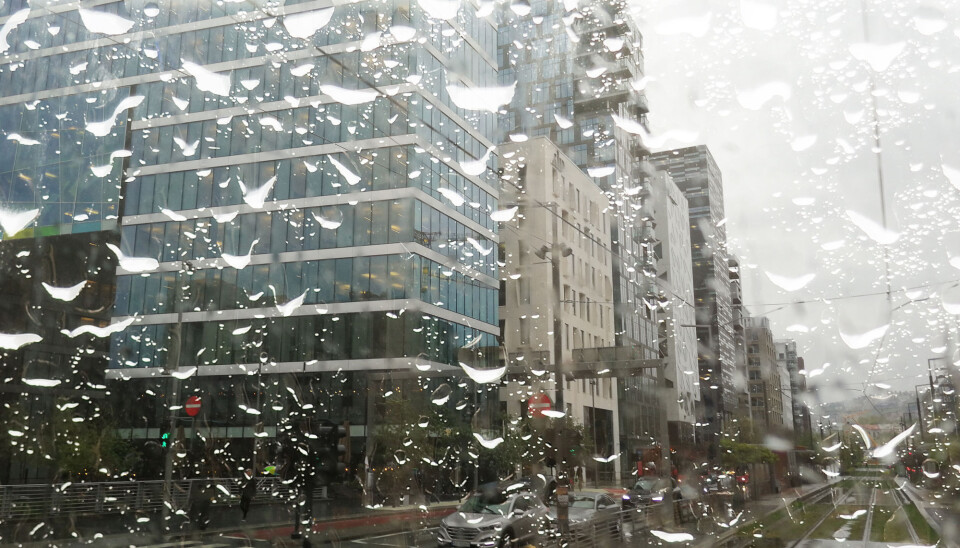
Never before has so much rain been recorded in January in Norway
Had it not been for a cold day in Northern Norway at the very end of the month, this January would have also been the warmest ever recorded in Norway.
In eastern Norway, January was the warmest year ever recorded by the Norwegian Meteorological Institute.
In the country as a whole, only January 1989 was warmer than January 2020.
The Institute's measurements date back to 1900.
Temperature and rainfall are related
“We see that high temperatures and a lot of rainfall go together,” says Jostein Mamen, a climate scientist at the Norwegian Meteorological Institute.
“As temperatures rise, we can also expect more rainfall.”
Mamen says that the Norwegian record for most rainfall was set in 1989. At that time, a small town called Grøndalen in Sogn og Fjordane County received 1189 millimetres of rainfall in January.
This January, a town named Gullfjellet, near Bergen, received the most precipitation in Norway, with 'only' 814.7 millimetres.
“However, the reason it was wetter this year in Norway than in 1989 is because so few areas of the country were in lee areas, protected from the rain. There was a great deal of rainfall this January in places that usually don’t get a lot of rainfall,” Mamen says.
More local records
The Meteorological Institute now has algorithms that allow researchers to monitor rainfall throughout the country. At the same time, the institute has quite a lot of good local weather data from many years in the past.
This is due in no small part to the extensive efforts of people all over the country who have helped meteorologists by collecting weather data.
For example, the Vatne family from Vassvatnet in Lurøy, midway between Trondheim and Tromsø, has recorded a number of rainfall records over the years.
In January this year, most local precipitation records were set in the central Norwegian county of Trøndelag, with seven records. But since the rainfall was fairly evenly distributed over large parts of the country, there were not very many local records this time.
Expected with warmer climates
The increased rainfall is in line with climate scientists' forecasts for the future climate. Increasing temperature generally means more precipitation.
But Norway also experienced an unusual weather situation this January.
Very mild air masses from the southwest have helped to give the country an unusually warm month. This weather phenomenon —called NAO — is not related to man-made global warming. But warmer climates may also have made the weather in January this year even warmer than it otherwise would have been.
“The trend is clear. The winters will be milder, and even if we do get a good, old-fashioned winter from time to time, there will be longer periods between these kinds of winters,” Mamen says.

———
Read the Norwegian version of this article on forskning.no
































